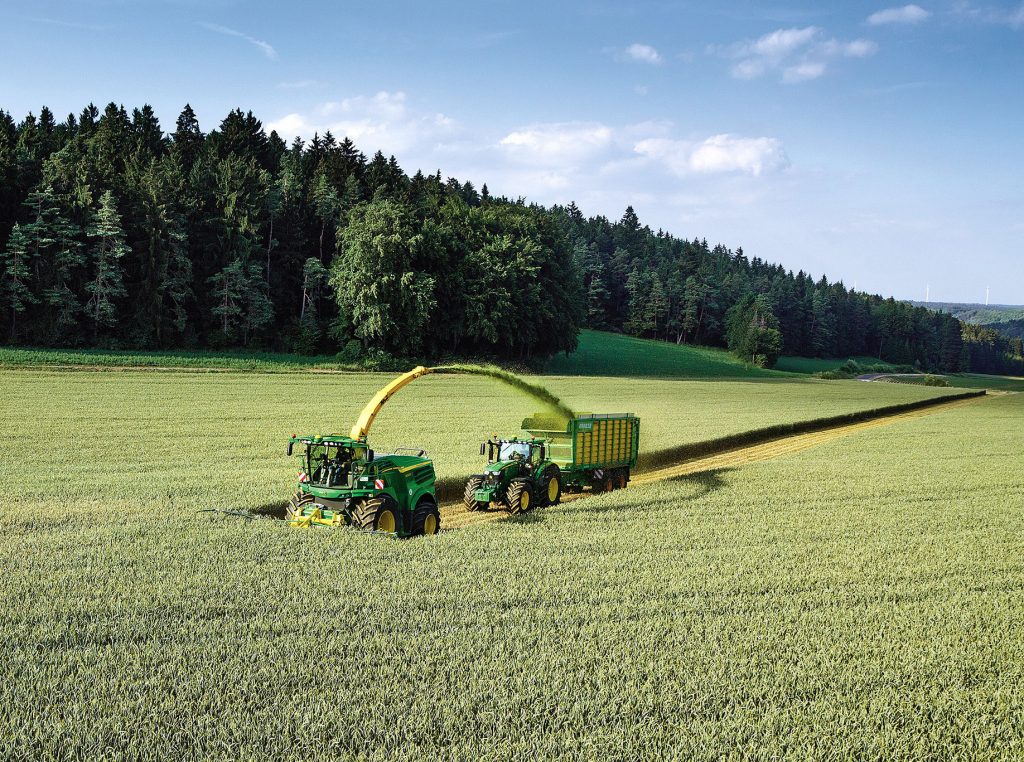Wholecrop offers dual benefits to overcome forage shortages
26th June 2020
With the exceptionally dry spring likely to have a knock-on effect on forage supplies, harvesting cereals originally drilled for grain as wholecrop in the coming weeks could help ease future shortages.
With the exceptionally dry spring likely to have a knock-on effect on forage supplies, harvesting cereals originally drilled for grain as wholecrop in the coming weeks could help ease future shortages.
So says Francis Dunne of Field Options, who points not only to the guarantee of filling clamps with a valuable primary feed source but also to the opportunity the earlier harvest creates for establishing following crops.
Data from the company’s grass mixture trials at Harper Adams University (HAU) shows a 37 per cent drop in production during April and May relative to forecast, which is likely to be similar on farms in many areas.
“Whilst recent rainfall is welcome and is providing a much-needed boost to grass growth rates, there will inevitably be an impact on future forage supplies,” Francis says. He urges farmers to start thinking about strategies now to compensate for the forage dry matter that has been lost from first and second cut silage crops.
“Where farms have their own cereal crops originally destined for grain and straw, there’s an easy option to go down the wholecrop route,” he explains. “Alternatively, there may be arable farms in the area where the prospect of selling a standing cereal crop for wholecrop is good business, particularly where expectations for a grain and straw harvest are low following poor establishment conditions.
“In all cases, taking the cereal as wholecrop creates a far better window for sowing a following crop. Looking at past performance data from our HAU trials site, the best catch crop ryegrass has the potential to produce as much as 5 tonnes DM/ha as 25 per cent dry matter silage by late September when sown following a July harvest. It will then produce a similar tonnage in early May the following year and remain productive throughout 2021, if required.
“In the case of the arable farmer, harvesting cereals as wholecrop provides more options within the cropping rotation and could create the opportunity for something like fodder rape or turnips as a break that can offer an income as winter sheep keep. Crops such as this could produce over 2,000 lamb grazing days per hectare. At 50p/head/week this can generate £125/ha of supplementary income.”
Francis says that wheat or barley are the preferred options for fermented wholecrop, which should be harvested when grain is at the cheesy stage and there is still some green in the foliage, with the aim being to achieve a 40 per cent dry matter forage.
“It’s important to harvest at the optimum maturity and use a proven additive to ensure a rapid fermentation and minimise losses. It is only suitable for clamping, not bales,” he adds.
“Done well, wholecrop wheat or barley will be a really good complementary forage, fed at around 20-25 per cent of the diet.”

